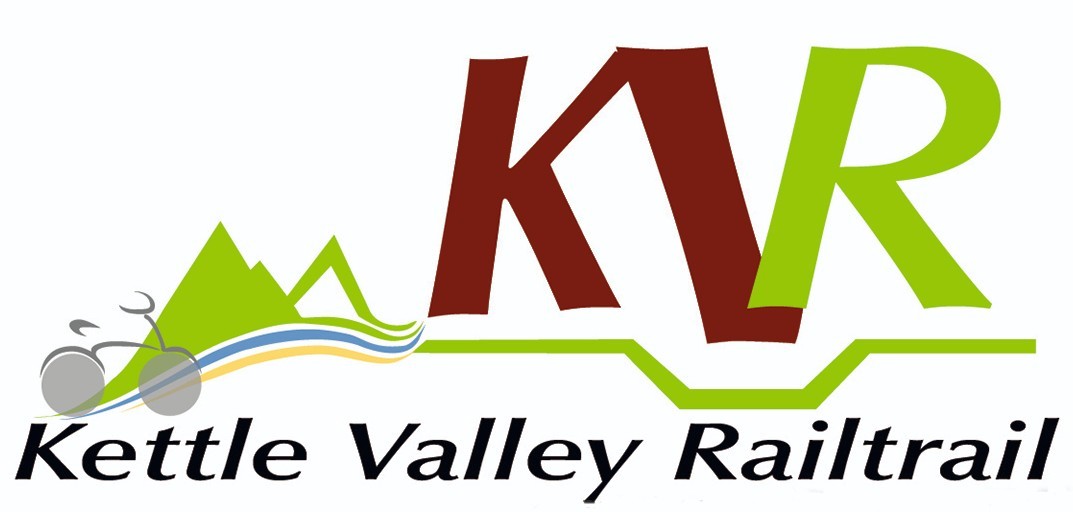
Built in the early twentieth century, the Kettle Valley Railway (KVR), was a subsidiary of the CPR, the intention of which was to ensure a Canadian railroad presence in the Boundary Country and the South Okanagan. This Steel girder bridge was part of the first section of rail built by the KVR, known as the Carmi Subdivision, with construction beginning in 1910.
Declining use caused the elimination of passenger service on the KVR in 1964. Eight years later this, the Carmi Subdivision, was shut down, with the tracks being torn up sometime later. By 1989 the entire Kettle Valley Railway was abandoned and the tracks removed. In the 1990s work was begun on the construction of the
Kettle Valley Rail Trail (KVRT), which encompasses essentially the entire KVR railbed, from Midway, BC to Hope.
Today the KVRT passes over this bridge, which is one of several access points for the trail in the City of Penticton. The major sponsor for the construction of the section of trail on which the bridge is located was the Rotary Club of Penticton-Okanagan.
Major sections of the KVRT have since been incorporated into the
Trans Canada Trail, including this section and this bridge. Parking is available on Pickering Street off the east end of the bridge, but not advisable on Government Street.
The KVRT is about 455 kilometres in length with numerous access points. The official start, or “Mile 0” of the KVRT is in Midway, BC, while the "end" is at Hope, BC, where it connects with the Silverhope Creek Trail. This trail connects to further trails which continue west to the Pacific. At Midway the trail connects to the
Columbia and Western Rail Trail which is also part of the Trans Canada Trail. The Columbia and Western Rail Trail ends at Midway where the KVRT begins. Though the KVRT runs through mountain country both east and west from Penticton, this being a Rail Trail, there are no grades steeper than 2 to 3 percent.
The entire length of the main section of the KVRT is also the Trans Canada Trail (TCT), currently just over 18,000 kilometres long. It is hoped that, by 2017, the 25th anniversary of the TCT, the trail will be complete, stretching 24,000 kilometres in total.
From Rails to Trails
This pathway was originally the site of the Kettle Valley Railway which brought the first passenger train to Penticton in 1915. The KVR provided a vital transportation link for South Okanagan orchardists and ranchers. Evidently, it played a key role in the historical development of the Penticton area.
After 70 years of service, operation of the KVR was discontinued due to newer modes of transportation. The last train left Penticton in 1989.
In 1994, this section of railway between Vancouver Ave. and Calgary Ave. was upgraded and paved. Funding for the pathway project was provided by the Rotary Club of Penticton-Okanagan, the City of Penticton and many local, private and corporate citizens.
From the Rotary plaque at the bridge
![]()